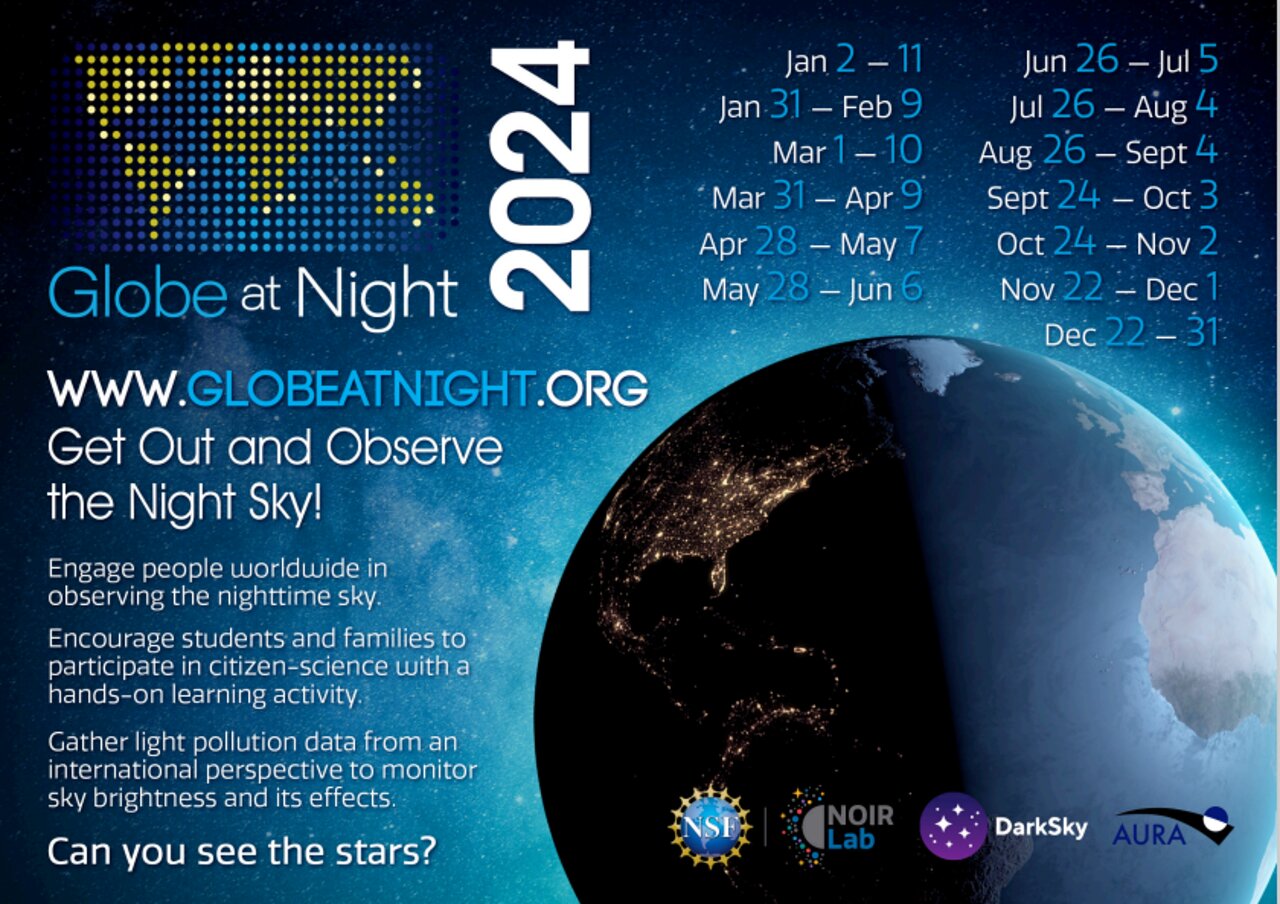
Can you find Leo?
Once you have found Leo, you will be able to see why the ancients visualized this asterism as a lion and you will find it very easy to spot in the night sky. However, if you have never had anyone point out this constellation, looking for Leo can be very much like trying to spot a lion hiding in the grasslands of the African Savannah.
Much like any time you are looking for something new, it is usually easier to start with something you already know. In the case of the night sky, one of the most recognizable constellations is that of the Big Dipper. Look for it in the North. You can trace it’s curved handle to the four stars that make up the bowl of the dipper. The two stars that delineate the far side of the bowl are often called pointer stars. If you follow them to the North, they point right at the North Star (Polaris), which also happens to be the first star in the handle of the Little Dipper. Following the pointer stars to the South will point you right to Leo.
Another way to think about using the Big Dipper to find Leo is to think about poking holes in the bottom of the dipper. The water that falls through the holes rains on Leo.
So now you know where to start looking, but you need to know what to look for. The pointer stars of the Big Dipper point to the head of Leo, which is made up of stars the form an arc or backward question mark. The “dot” of the question mark is Regulus, the brightest star in the asterism. Regulus means “little king” – fitting for the constellation Leo, and is actually a double star system that can be viewed with binoculars. Regulus and the second brightest star in the backward question mark form a trapezoid with two other stars of similar brightness nearby. The brighter of the two other stars is Denebola, which means “tail of the lion,” another fitting name, as it marks Leo’s tail.
Visible in: Northern hemisphere



